The news came out today that there have been some unconfirmed reports of another mountain lion making an appearance in Griffith Park.
The timing was perfect, as I'd just happened to have taken a tour of the site of the Wallis Annenberg Wildlife Crossing under construction over the 101 Freeway at Liberty Canyon in the Santa Monica Mountains in Agoura Hills, California.
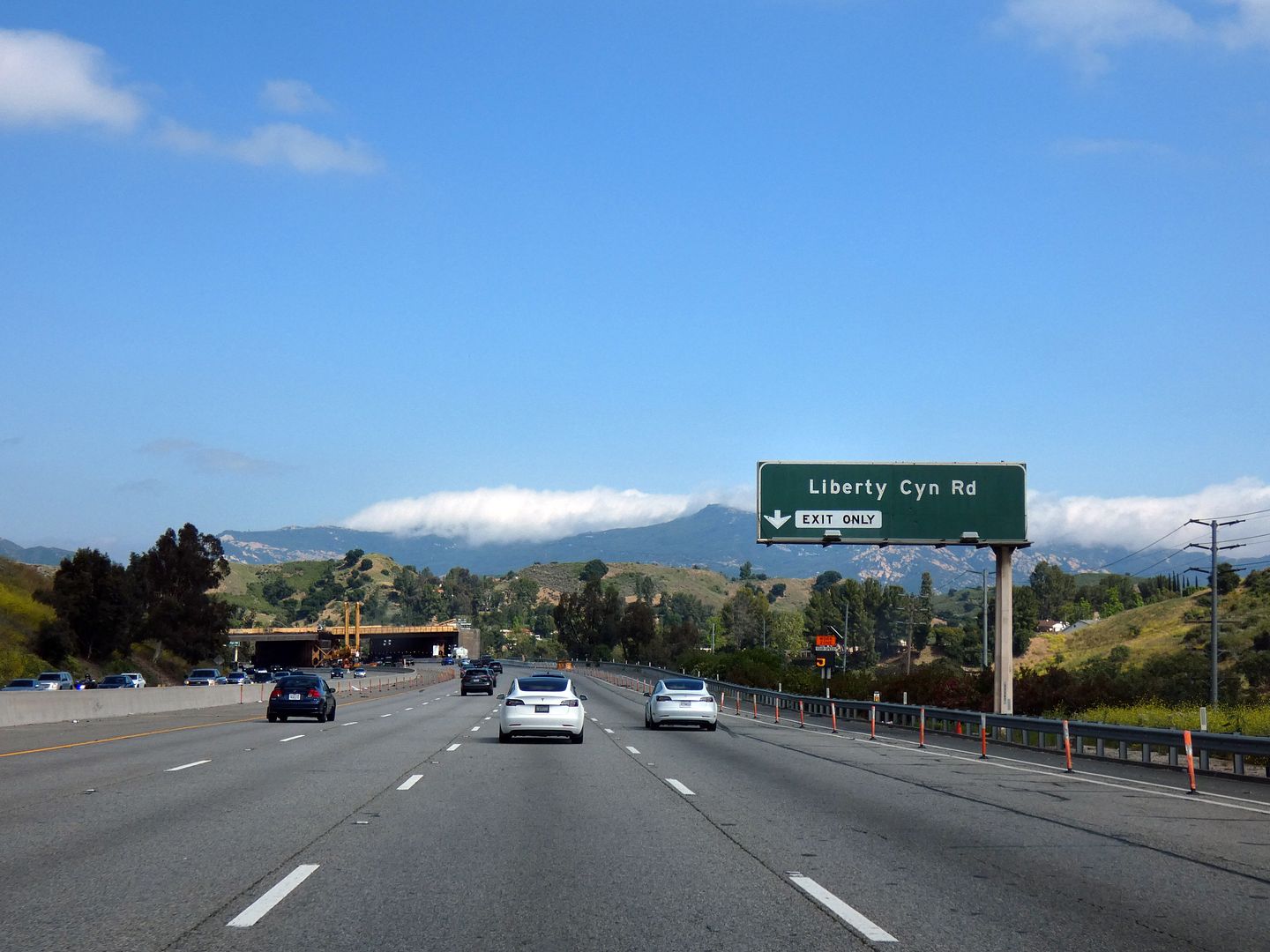
The project broke ground on Earth Day in April 2022—just a few months before the aging P-22 mountain lion of Griffith Park would succumb to injuries from getting hit by a car while prowling the neighborhood streets of Los Feliz, already sick from various other ailments.
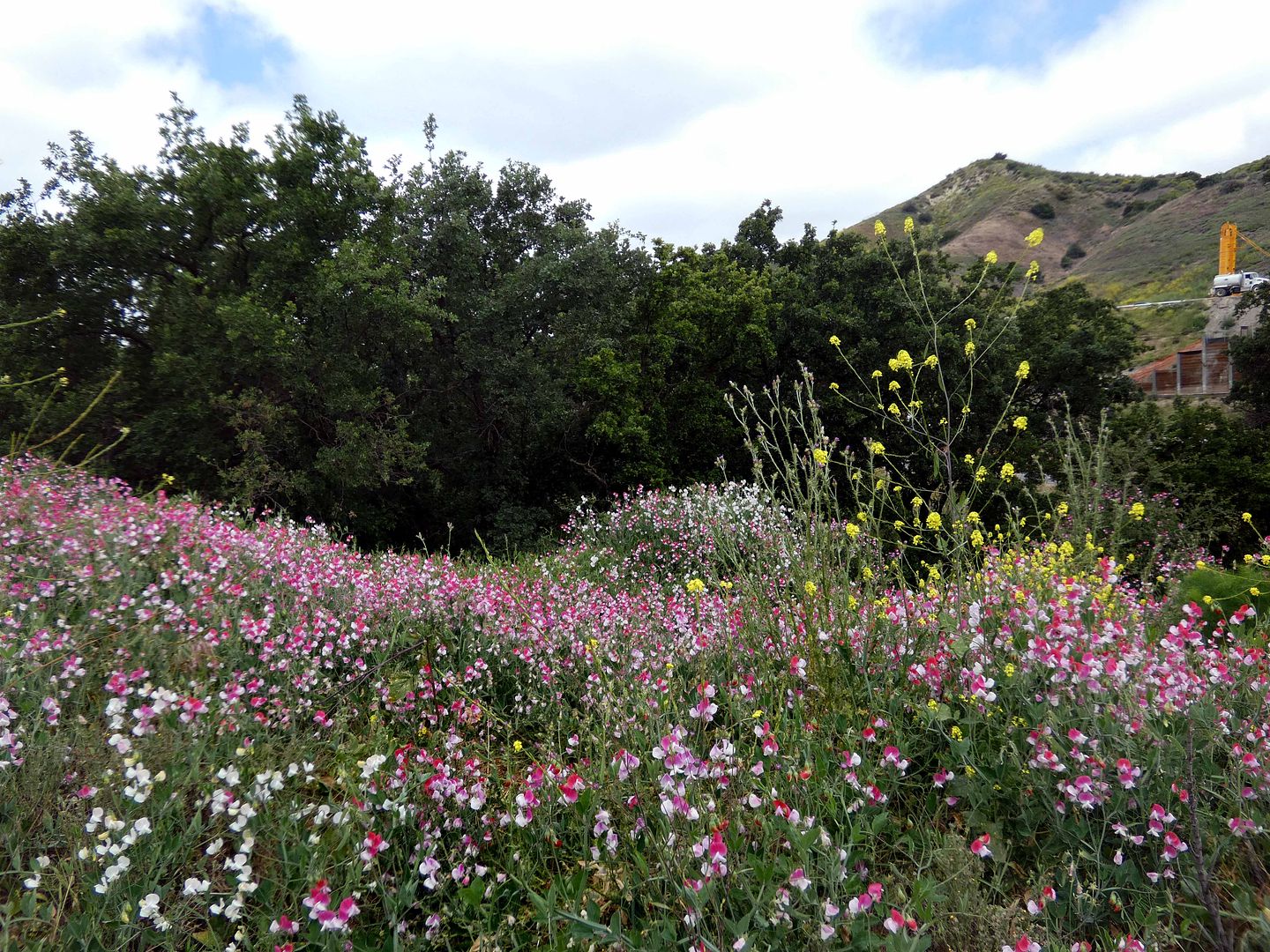
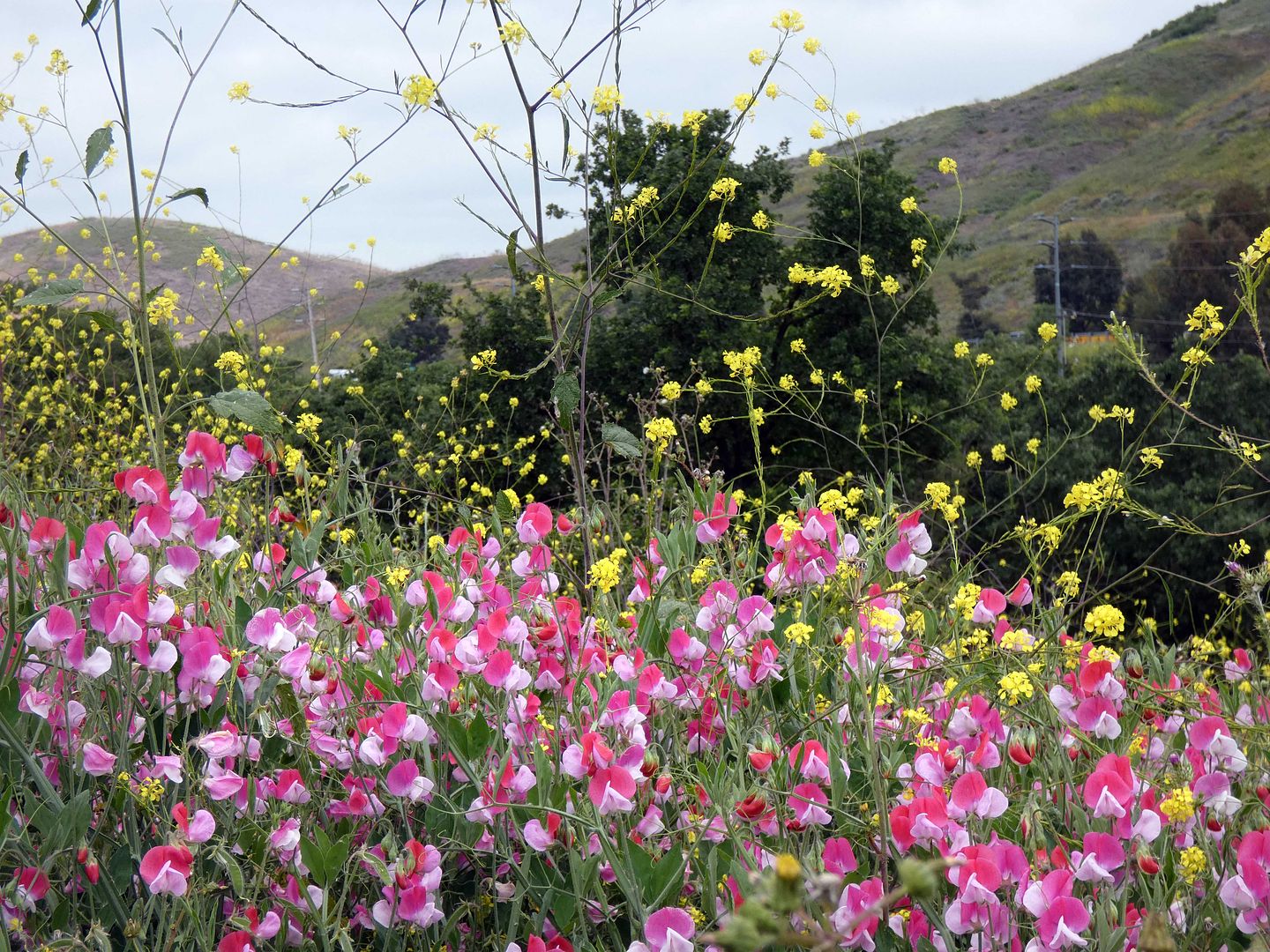



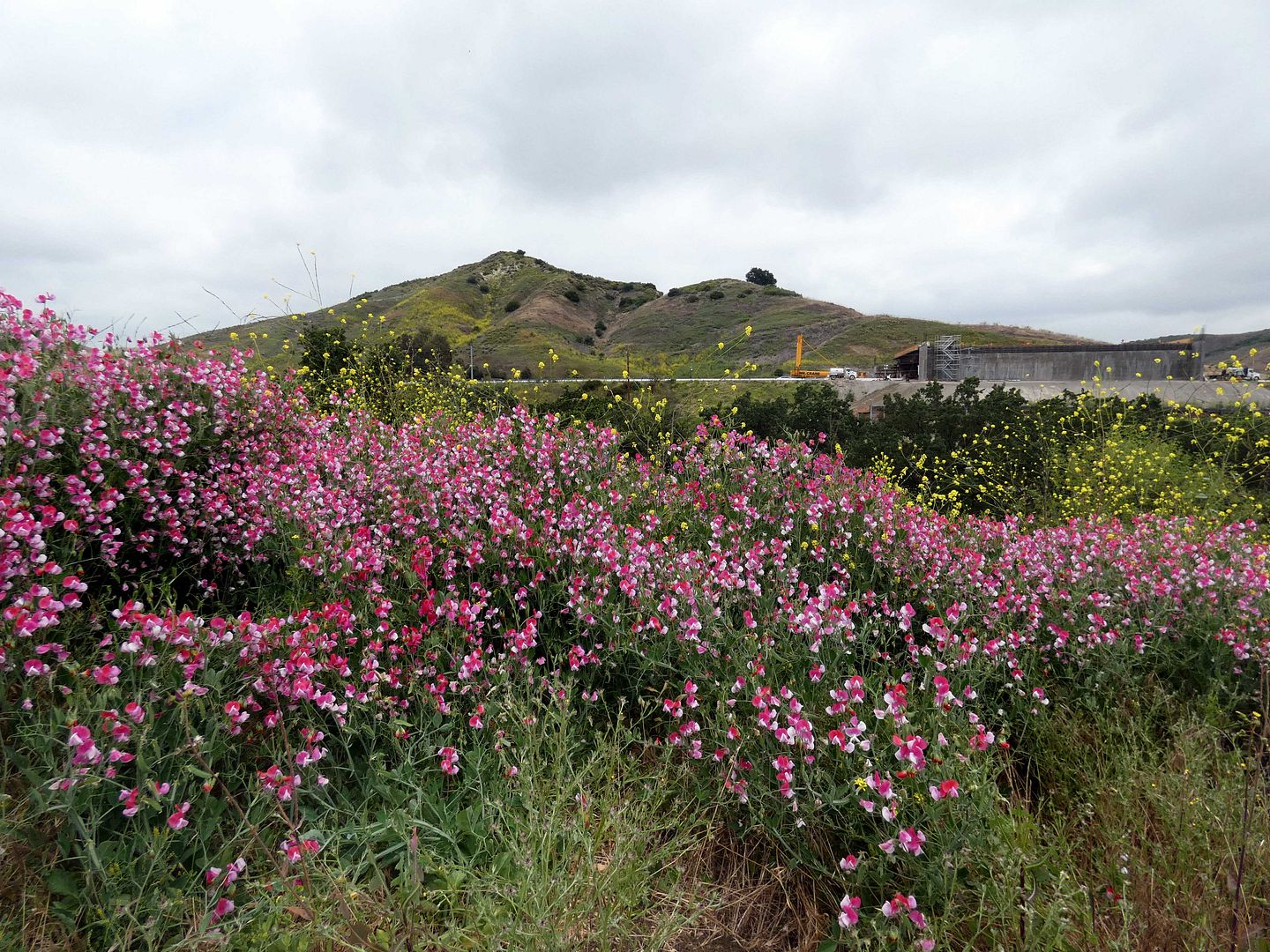
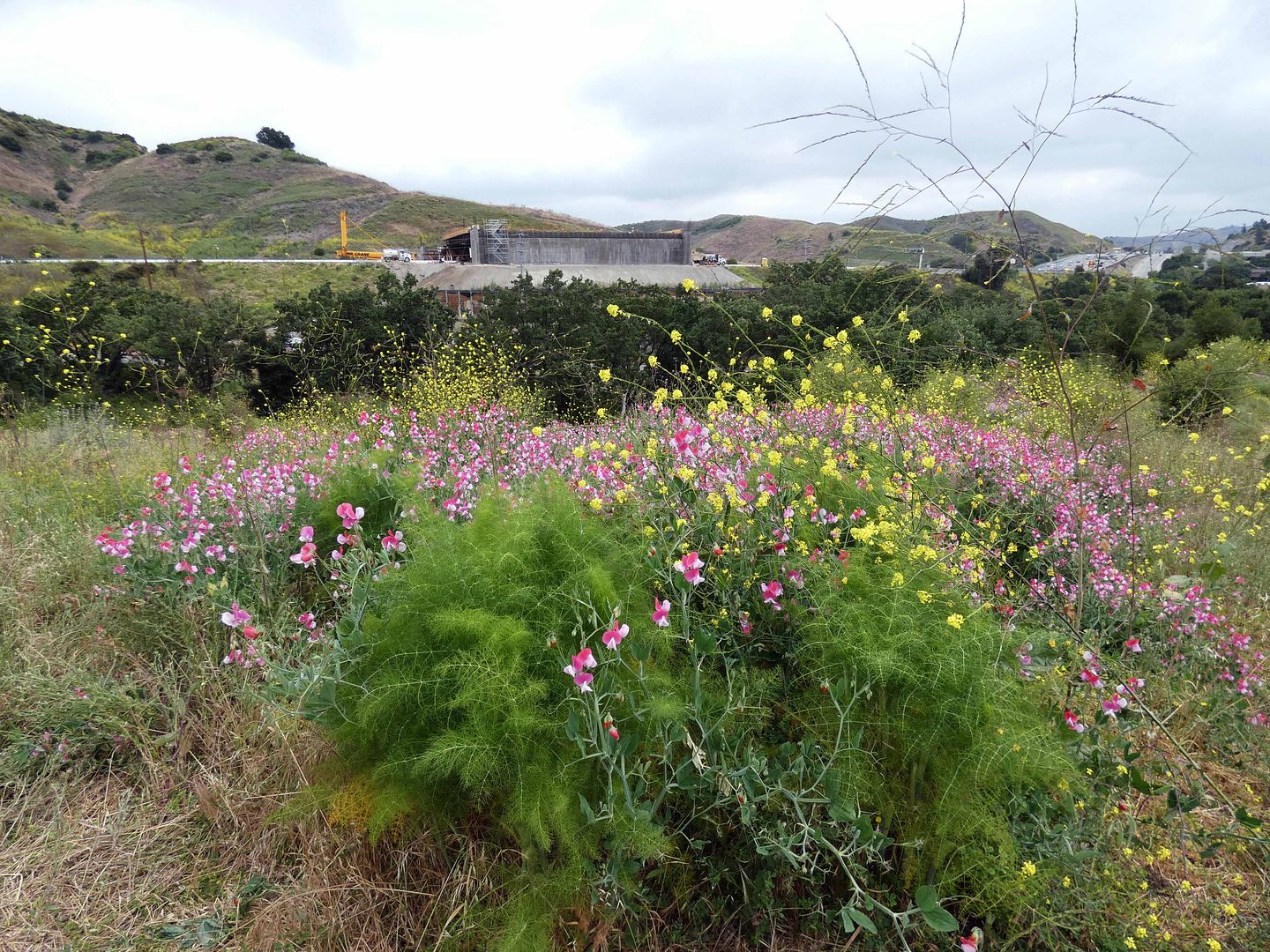

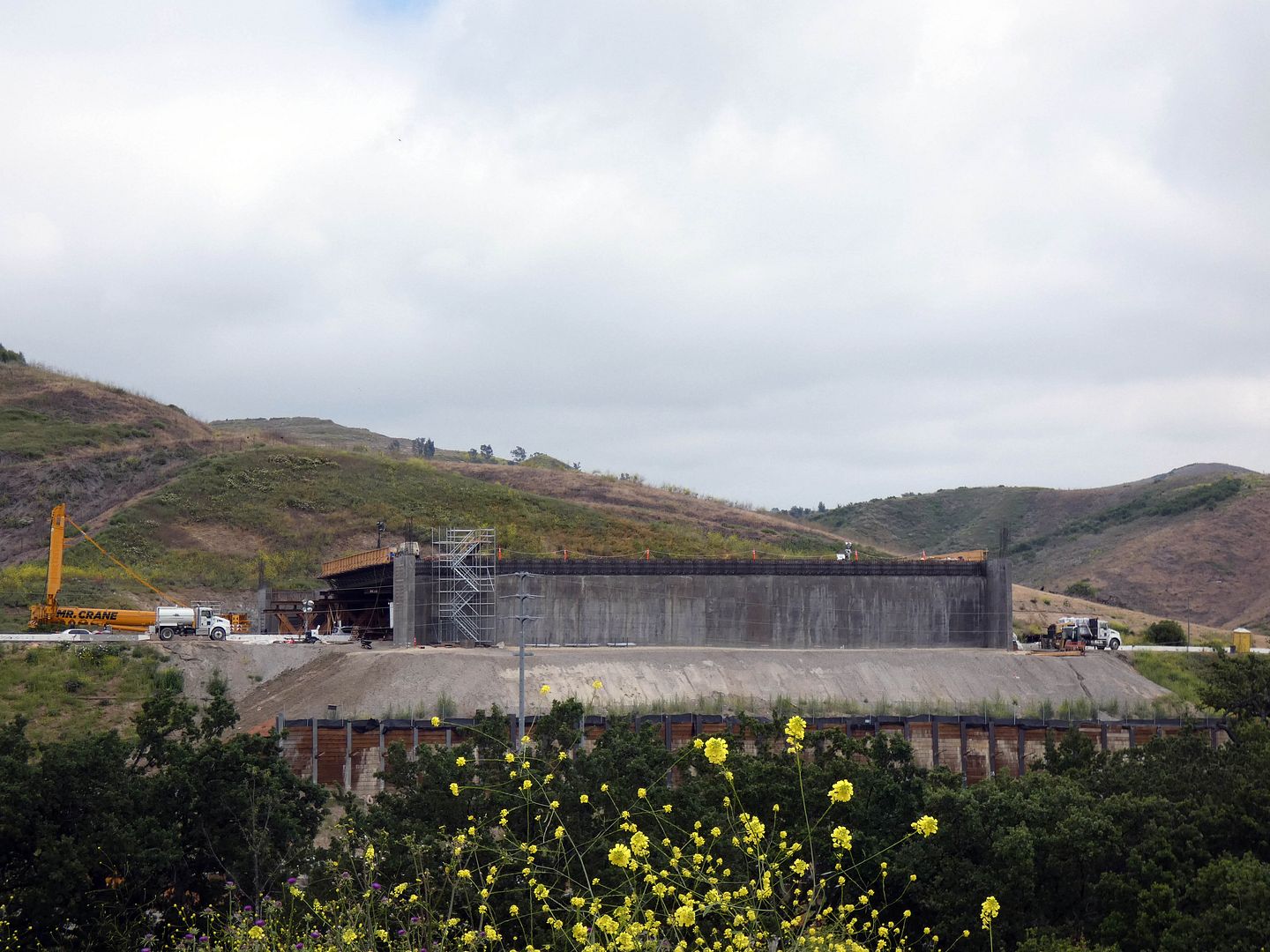





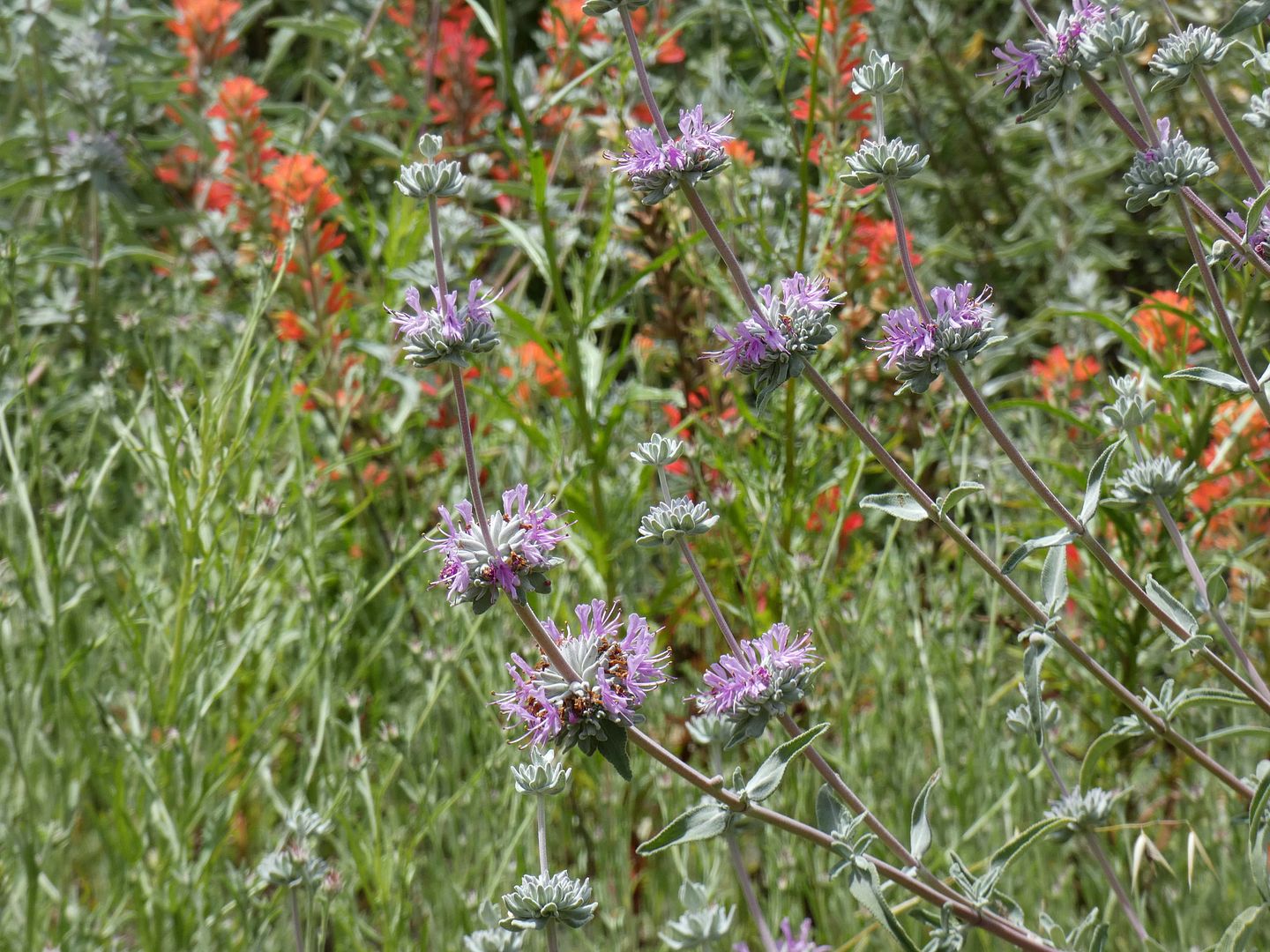

Its projected completion date is now 2026—but the Los Angeles-based Cougar Conservancy is conducting educational "tours" of the site, meeting along a trailhead at Agoura Road with a view of the south end of the site.

With it being late spring and not very superbloomy in Southern California, I didn't expect to see so many wildflowers there—well, besides the tiny yellow florets of the invasive black mustard plant that usually takes over the hillsides as summer approaches.

But the fragrant, pink and white blooms that were busting out all over this weekend weren't all that wild, per se—because they'd been part of an annual tradition in Agoura Hills to seedbomb local hills and roadsides to beautify the area.

These were sweet peas (Lathyrus latifolius), a perennial that didn't bloom last year but apparently had just the right conditions this year to make a spectacular comeback.

It's an example of how humans are trying to rewild certain areas that have been developed at the sacrifice of nature—much like the 101 itself, which bisects a wildlife corridor and has become a fatal barrier to crossings between the Simi Hills to the north and the Santa Monica Mountains to the south.

Not being able to cross the roadway without getting killed by traffic has prevented healthy dispersal of young mountain lion males—which creates too much competition in small roaming territory and also fosters inbreeding.

Scientists started to observe the physiological signs of genetic mutations arising because of that inbreeding—like an abnormal kink in the cats' tails—so that really ramped up the sense of urgency to allow mountain lions to get a little more genetic diversity in their population.

That's where the wildlife crossing steps in—basically acting as a safe, dark bridge over the freeway for wildlife to more safely and seamlessly expand their hunting grounds, their mating territory, etc. And it's just for them, not people (who can actually hike trails on both sides and walk from Canwood Street on the north side to Liberty Canyon Road on the south side, along sidewalks under the 101 overpass).

We're talking various animal species (even littler critters, like badgers) and even birds. Reportedly, one local volunteer recently saw a barn owl flying across the freeway at night directly over the crossing construction site, perhaps preferring the darker path, somewhat shielded from headlights and tail lights.

Making this kind of progress—including placing all the girders—and hitting aggressive deadlines means some lane closures on the freeway—including this week, when that section of the Northbound 101 will be closed from 11:30 p.m. at night to 5 a.m. the next morning.

Despite the inconvenience, the project largely has the support of locals—as well as officials like our current governor, Gavin Newsom. It's been largely funded by private donations and support from local non-profits, California state, and the National Wildlife Federation.

We obviously couldn't get that close to an active construction site, but the flowery trail at the south end provided a nice perspective and a scenic hike in its own right, with non-natives (like fennel) intermingling with the natives...

...like our local thistle species (Cirsium californicum)...

...Indian paintbrush (Castilleja affinis)...

...and sage.



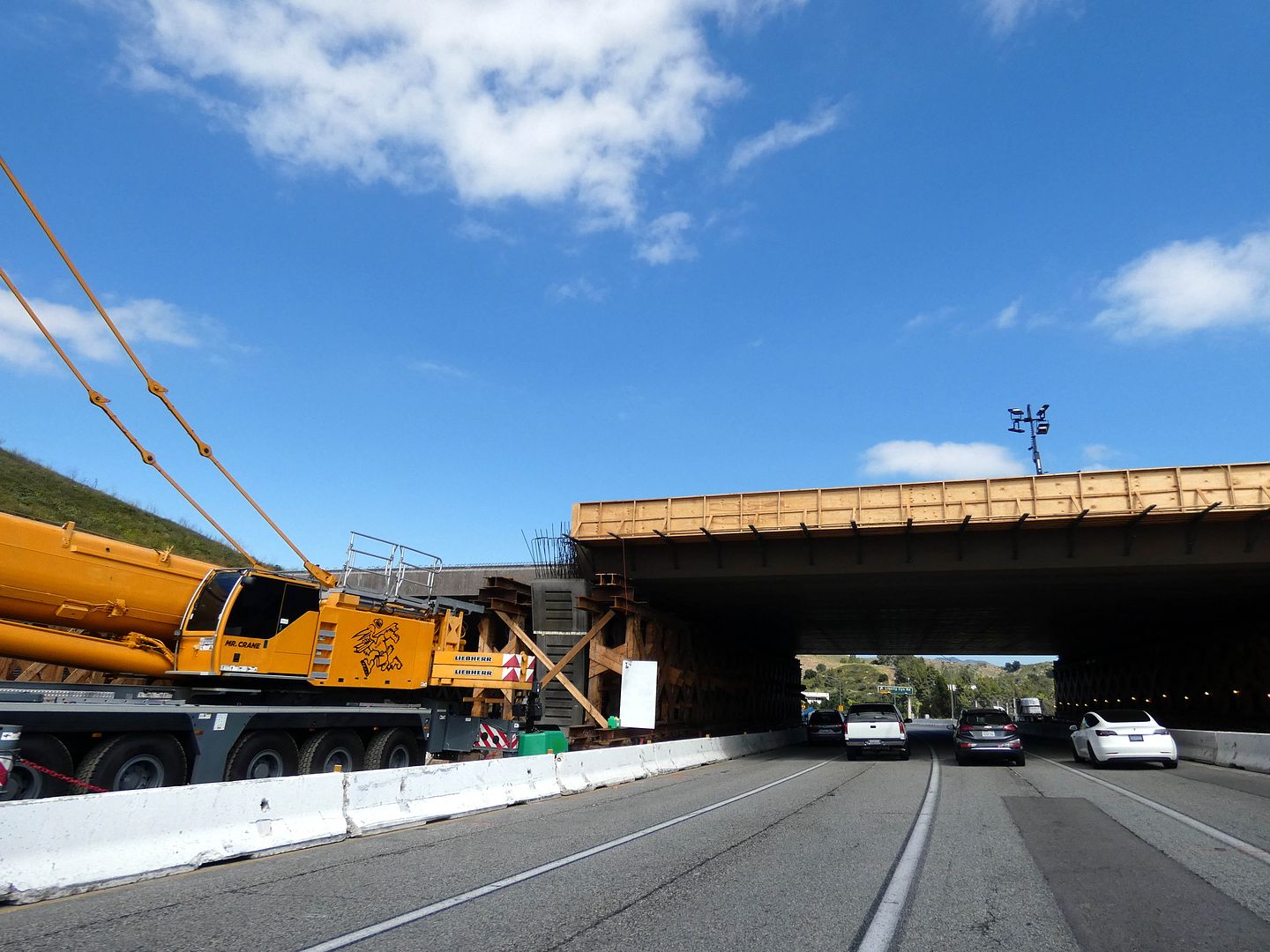

The current trail is open to the public—but it's reportedly incredibly steep up past the point that our tour group reached, where you might be able to look down onto the wildlife crossing (and where a live webcam is mounted).

There are plans to make that trail a bit more climbable with switchbacks in the future—but in the meantime, I enjoyed all the tweet tweet tweets of a healthy bird population and the glimpse I got of an acorn woodpecker on a tree snag.

A family living in the Hollywood Hills reported spotting a mountain lion off Barham Boulevard—more like the Burbank side of Griffith Park, but still. I don't think anybody ever expected another mountain lion to successfully make the journey across multiple freeways (maybe the 405 and the 101) to that area again, the way that P-22 had before being collared in 2012.

Nobody knows yet how old that mountain lion is, whether it's a male or female (though usually it's the young males that disperse), or if it's healthy. But if officials are able to capture, collar, and tag it, it'll be the 112th such puma to enter the system since the observation program began—making it P-122.
Mountain lions have been struck by cars and killed at various other spots along the 101—but this was kind of the last spot that such a wildlife crossing was able to be built, because of what the various parcels of land had been designated for. (And they needed available land on both sides of the freeway.)
Will the mountain lions be able to find it, once it's completed? Sure, eventually. Some of them. Others may still try to cross the 101 elsewhere—where they might turn back, keep going and fail, or actually succeed.
It's exciting on all counts.
Related Posts:

No comments:
Post a Comment